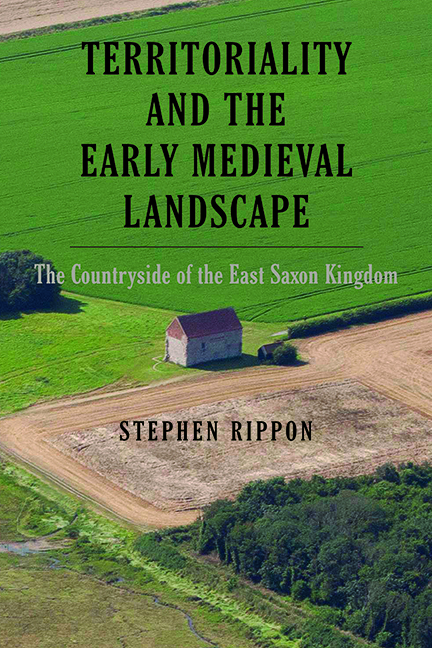Book contents
- Frontmatter
- Dedication
- Contents
- List of Illustrations
- List of tables
- List of Abbreviations
- Acknowledgements
- Glossary
- Preface
- Part I Background
- Part II The Early Folk Territories
- Part III Discussion and Analysis
- Appendix 1 Domesday Population Densities Across the ‘Rochford Peninsula’ Early Folk Territory
- Appendix 2 Sites Used in the Analysis of Animal Bone Assemblages
- Appendix 3 Sites Used in the Analysis of Charred Cereal Assemblages
- Bibliography
- Index
- Garden and Landscape History
- Frontmatter
- Dedication
- Contents
- List of Illustrations
- List of tables
- List of Abbreviations
- Acknowledgements
- Glossary
- Preface
- Part I Background
- Part II The Early Folk Territories
- Part III Discussion and Analysis
- Appendix 1 Domesday Population Densities Across the ‘Rochford Peninsula’ Early Folk Territory
- Appendix 2 Sites Used in the Analysis of Animal Bone Assemblages
- Appendix 3 Sites Used in the Analysis of Charred Cereal Assemblages
- Bibliography
- Index
- Garden and Landscape History
Summary
LANDSCAPES AND THEIR ASSOCIATED cultural traditions often form an important part of people's identities: the annoying Cornish practice of incorrectly dressing a cream tea (jam first) is a trivial case in point for anyone other than a Devonian, but there are plenty of other more serious examples, such as the pride felt by Geordies or Scousers in their home cities. This book explores territorial identities in the more distant past, using eastern England – and in particular the East Saxon kingdom – as a case study. There seems to be a fascination in Britain with kings and queens, royal palaces and their associated treasure (at the time of writing in February 2021 Lucy Worsley is never off the telly, and everyone is talking about Sutton Hoo!), and the higher echelons of society have also been a focus of both archaeological and historical research. For historians, this is because most of our written sources for the early medieval period emanate from kings and clerics, while archaeologists have been drawn towards high-status sites as they are readily identifiable through their material culture and use of more durable building materials. In addition to its focus on studying the higher-status elements of society, there is another problem in medieval studies, in that one group of scholars – historians – focus almost exclusively on written texts, while archaeologists focus on the physical remains that people have left us in the ground or as standing buildings. This is, of course, a generalisation – there are some scholars who have crossed this disciplinary boundary – but we need to do more to break down this historical–archaeological divide.
This book is about early medieval England, it is written by an archaeologist and it explores the evidence from lots of individual sites, some of which were high status. But, rather than yet another study of kingship, this is instead an exploration of the rural landscape within a kingdom, and in particular the smaller-scale districts into which the early medieval countryside was divided and which provided the context within which people lived their daily lives. It has long been known that written sources refer to a variety of territorial entities in early medieval England, of which the the largest were the Anglo-Saxon kingdoms.
- Type
- Chapter
- Information
- Territoriality and the Early Medieval LandscapeThe Countryside of the East Saxon Kingdom, pp. xvii - xviiiPublisher: Boydell & BrewerPrint publication year: 2022

